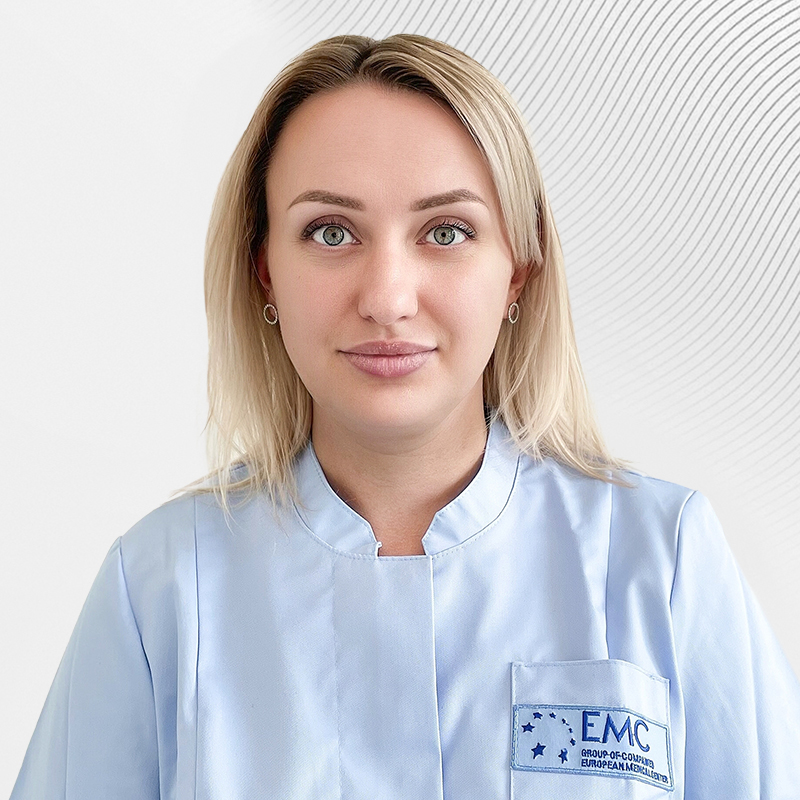Botulinum therapy in combination with step-by-step plaster for children with cerebral palsy at EMC: control methods, innovations in the procedure of administration and subsequent rehabilitation
Specialists of the Children's Clinic of the European Medical Center, as part of the launched program for the treatment of patients with cerebral palsy (cerebral palsy) using a combination of botulinum therapy and step-by-step plaster, introduced an additional option for the use of anesthetic aids in combination with ultrasound and ENMG monitoring methods for injecting botulinum toxin type A (BTA) drugs to children with cerebral palsy.
Botulinum therapy in combination with step-by-step plaster for children with cerebral palsy at EMC
Botulinum toxin is the most effective and safe means of controlling increased muscle tone (spasticity) in children with cerebral palsy. A single injection of BTA locally into spasmodic muscles can significantly reduce pathological muscle tone, increase the volume of movement, reduce the severity of joint contractures, and reduce the soreness that often accompanies wearing orthoses and physical therapy. With the systematic use of BTA in children with cerebral palsy, it is possible to make progress in motor development, increase the pace of learning new skills and reduce the need for orthopedic surgery.
The introduction of the BTA drug at the present stage of the method's development requires mandatory additional control of the injection accuracy. At the European Medical Center, botulinum therapy specialists know all control methods: ultrasound method and electroneuromyography. These methods are not always interchangeable, the choice depends on the injection regimen and the age of the patient.
A common practice in the world of cerebral palsy neurorehabilitation is the combined use of BTA followed by phased plaster of the joints of the lower extremities. The combination of these methods has shown its effectiveness in combating shortening of the Achilles tendon and calf muscle, which allows for a more physiological gait, prevents deformity of the ankle and other joints of the foot, and reduces the need for surgical orthopedic correction of fixed contractures in this segment.
General anesthesia has recently become possible in EMC for the administration of botulinum toxin drugs to children with cerebral palsy.
According to international standards, anesthesia during BTA injection, especially for young children, is considered mandatory in most civilized countries. This makes it possible to significantly increase the accuracy of injection into selected muscles and reduce the degree of stress that children usually experience during multi-level injections.
Unfortunately, in domestic neuropediatric practice, anesthetic aids are not used for injecting BTA into children with cerebral palsy, despite the safety of modern anesthetics, the short duration of the procedure, and, most importantly, a multiple increase in the accuracy of BTA injection, especially when injected into deep and shallow muscles. After all, even the use of ultrasound and ENMG control does not guarantee the introduction of BTA at the planned points. This significantly reduces the effectiveness of both the procedure itself and the subsequent rehabilitation in general.
Get help
Specify your contacts and we will contact you to clarify the details.
Doctors
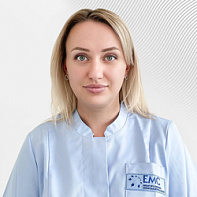
Aleksandra Kuskova
-
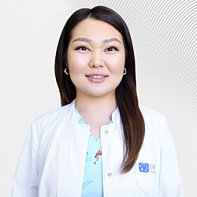
Bairta Dorzhieva
-
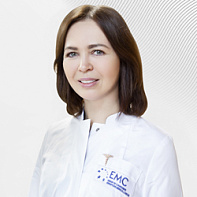
Svetlana Grigoreva
Pediatrician at the Children's hospital
-
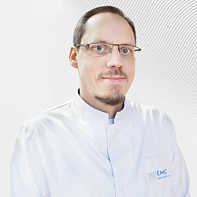
Artyem Lyagin
-
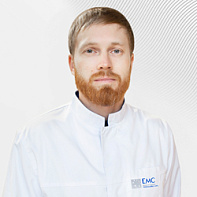
Igor Kovalyunas
-
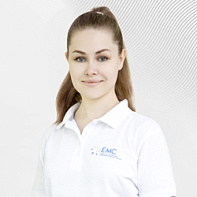
Anastasiya Medikova
-
.jpg)
Yanar Eda
-
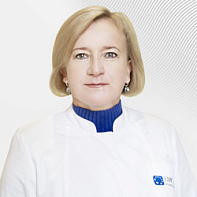
Vasilevskaya Irina
Pediatric cardiologist, polyclinic, Ph.D. of Medical Sciences
-
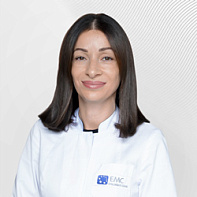
Tsitlidze Nana
Ph.D. of Medical Sciences
-
.jpg)
Pritchina Natalya
Pediatrician, polyclinic
-
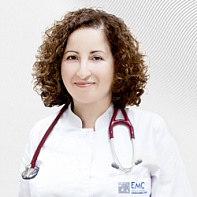
Samsonovich Inna
Pediatrician, polyclinic and emergency care, Doctor of the highest category
-
.jpg)
Istomina-Luiza
Doctor-clinical psychologist, hospital
-
.jpg)
Fayko Alexandra
-
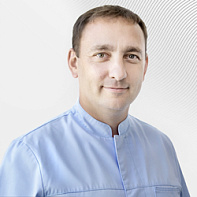
Lahai Yakim
-
.jpg)
Popova Irina
Polyclinic and hospital, Ph.D. of Medical Sciences, Doctor of the highest category
-
.jpg)
Muradov Sayyad
Pediatrician, emergency care, Ph.D. of Medical Sciences
-
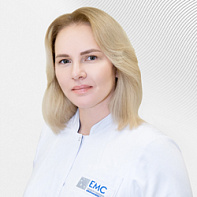
Kenchadze Yulia
-
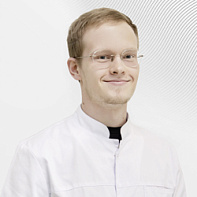
Panov Georgiy
-
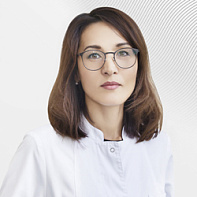
Lalayan Inga
Pediatrician, emergency care
-
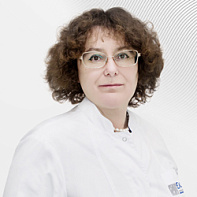
Catherine Rogacheva
Doctor of Medicine
-
Aleksandra Kuskova
- Specialization — pediatric dentistry
- Graduated from the First Moscow State Medical University named after I.M. Sechenov with a degree in Dentistry, qualified as a Dentist
- She completed her training in the clinical residency at the Central Research Institute of the Russian Academy of Medical Sciences, and was qualified as a Pediatric Dentist
Total experience
7 years
Experience in EMC
since 2025
